Masks are no longer required on most airplanes, subway trains or buses, after a Florida judge on Monday struck down the federal mask mandate for travel.
The decision came amid a rise in Covid cases in the U.S., mostly due to the BA.2 omicron subvariant. New daily cases are up 42 percent in the last two weeks, according to NBC News’ tally, though that number is almost certainly an undercount given the common use of at-home tests.
The Biden administration appealed the judge’s ruling Wednesday. The mask requirement was set to expire May 3, though officials might have extended it again. Most major cities have lifted their public transit mandates, though New York City has said masks are still required on subways, buses and commuter rails.
For many people, these abrupt changes have renewed questions about how to stay safe while traveling. According to some disease experts, flying or commuting alongside maskless people does not pose a huge threat to those who are vaccinated and boosted and who keep their own masks on.
“One-way masking is actually a very effective way of preventing acquisition of SARS-CoV-2,” said Joseph Lewnard, an assistant professor of epidemiology at the University of California, Berkeley School of Public Health.
A February study from the Centers for Disease Control and Prevention found that wearing a cloth mask in indoor public settings lowered a person’s odds of testing positive for Covid by 56 percent. Surgical and N95 masks lowered those odds by 66 percent and 83 percent, respectively. The study took place in 2021, though, before the omicron variant’s rise, and the researchers did not control for how often masks were worn by other people.
Scott Weisenberg, an infectious disease specialist at New York University Langone Health, said although travelers’ risk of getting Covid is higher without the mandate, “you’re always going to be less likely to acquire Covid with a mask on.”
He added that “people should wear the best quality masks that they can get, and N95 would certainly be the most reliable.”
Masks offer good protection on airplanes
Airplanes tend to have better air exchange rates than trains, hospital rooms or office buildings. A 2020 report from the Department of Defense found that ventilation and filtration systems on planes could reduce exposure to airborne virus particles by 99 percent. But not all coronavirus particles are airborne; people can get exposed through large droplets.
That report also didn’t account for people moving up and down aisles or conversing with their neighbors. Airport security lines and boarding areas also provide opportunities for the virus to spread.
Once you’re on the plane, the best way to avoid infection is to keep your mask on during the entire flight, experts said.
“There have been cases where people got exposed to Covid from people who were more than two rows away from them on a flight, but the highest risk is going to be the people immediately around you,” Weisenberg said.
If you need to eat or drink, he recommended putting your mask back on in between bites or sips.
“To some extent, there is futility in wearing the mask part of the time if your goal is to get the benefit of wearing a mask,” Lewnard said.
If all passengers on a 12-hour flight removed their highly protective masks (such as N95s) for a one-hour meal, according to a 2021 study, the probability of infection would be 52 to 59 percent higher than if no one took off their masks. That study’s models predated omicron and high vaccination rates, however.
Covid risk on subways, buses and trains
Ground transportation doesn’t have the same level of air filtration as planes, but wearing a mask still lowers the risk of infection.
“Even if there’s reasonable ventilation on a subway or bus, there’s going to be some risk if you’re sitting right next to someone,” Weisenberg said. “That risk is going to be higher if both of you aren’t wearing a mask, and it can be reduced if at least you have a good quality mask on.”
He said he plans to keep wearing a mask on public transit and will move at least a few feet away from people who aren’t masked when possible.
But Lewnard said there’s little use in trying to stay away from maskless commuters.
“Distances like 3 feet or 6 feet are not very relevant to transmission in situations where people are exposed in a closed airspace for an extended period of time,” he said.
Masks aside, he added, the risk of exposure increases with time. When it comes to commutes, “longer is worse; shorter is better,” he said.
What about kids who can’t yet get vaccinated?
Vaccinated people should take comfort in the fact that Covid shots are still the best form of protection against severe disease, experts said.
“There are many situations where wearing a mask all the time is simply not practical,” Lewnard said. “Vaccination will work whether you’re eating, drinking, wearing a mask or doing anything else.”
But the Food and Drug Administration may not authorize Covid shots for children under 5 until June.
“If somebody’s not protected, whether it’s because they’re a child under 5 years old or because they’re somebody who’s immunocompromised and may not respond to the vaccines, they really need to discuss with their providers what else they can do to reduce their risk,” Weisenberg said. “But certainly high-quality mask-wearing should be part of their strategy.”
Lewnard said he personally feels comfortable traveling without a mask mandate.
“The risk of getting infected is low, and we are going to be exposed to SARS-CoV-2 for the rest of our lives,” he said. The pandemic, he added, isn’t something “we can solve and eradicate by masking harder for a little bit longer.”

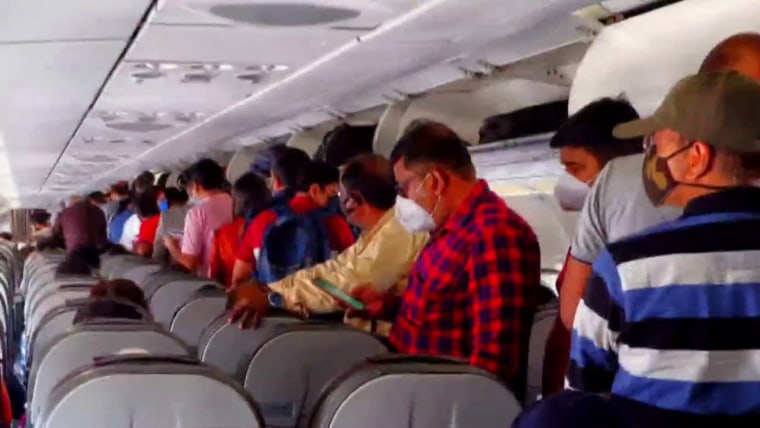
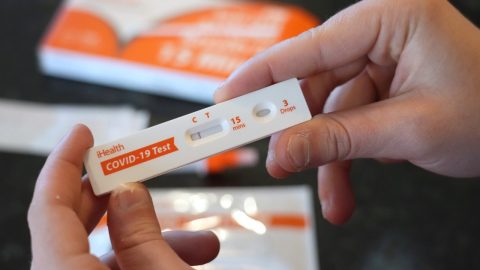


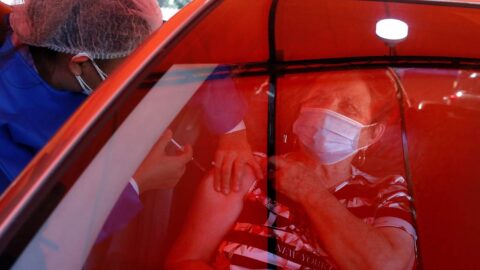
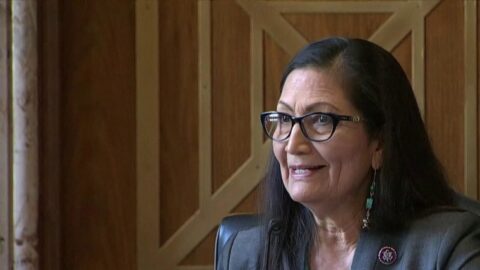


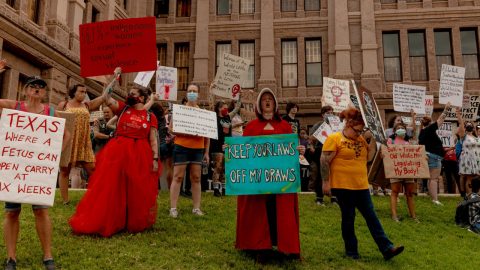
Recent Comments